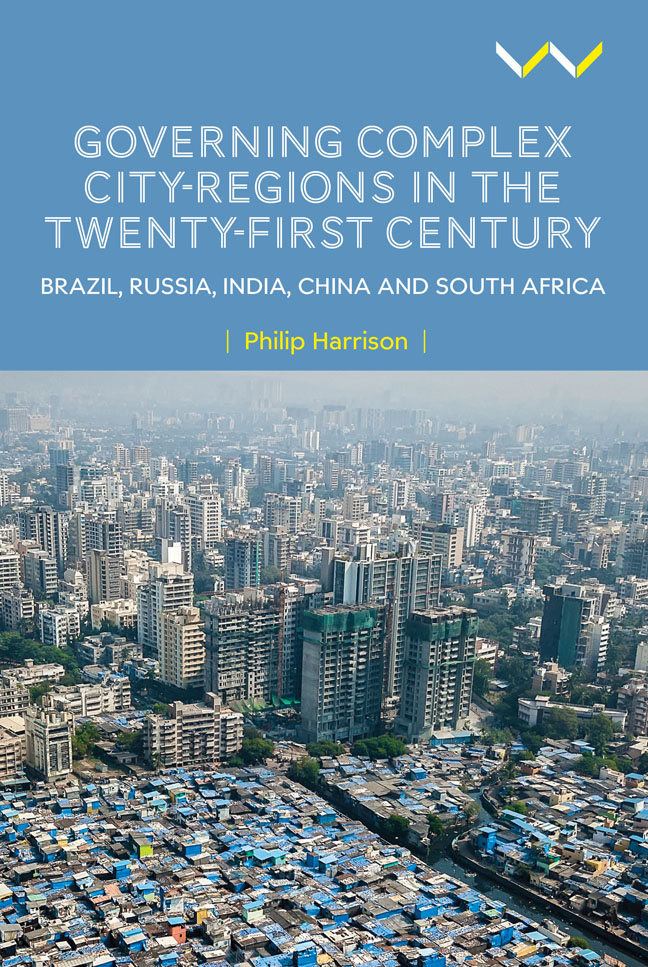 Governing Complex City-Regions in the Twenty-First Century
Governing Complex City-Regions in the Twenty-First Century Book contents
- Frontmatter
- Contents
- List of maps
- Preface
- Acknowledgements
- Acronyms
- Cartography
- Introduction: Exploring hyper-complexity
- 1 The global view: The city-region as material form, discourse and governmental practice
- 2 The governance of Brazil’s metropolitan regions
- 3 The governance of Russia’s urban agglomerations
- 4 Metropolitan and city-region governance in India
- 5 Governing the city clusters of China
- 6 City-region governance in South Africa
- 7 Concluding and comparative insights
- References
- Index
3 - The governance of Russia’s urban agglomerations
Published online by Cambridge University Press: 02 March 2024
- Frontmatter
- Contents
- List of maps
- Preface
- Acknowledgements
- Acronyms
- Cartography
- Introduction: Exploring hyper-complexity
- 1 The global view: The city-region as material form, discourse and governmental practice
- 2 The governance of Brazil’s metropolitan regions
- 3 The governance of Russia’s urban agglomerations
- 4 Metropolitan and city-region governance in India
- 5 Governing the city clusters of China
- 6 City-region governance in South Africa
- 7 Concluding and comparative insights
- References
- Index
Summary
Introduction
Current debates on Russia’s political culture focus on the characteristics of authoritarianism, centralism and conformity, questioning the possibilities for building a sustainable democracy (Pipes 2004). However, as Adrian Campbell (2016) explained, the current phase of centralising authority under President Putin is part of a long trajectory of history with an established pattern of devolution followed by periods of reinstated central control.
While Russia’s current politics are hardly amenable to collaborative forms of governance, support for authoritarianism has varied over time and may be the outcome of historically embedded social contracts in which the population concede personal rights in return for security, rather than a fixed political culture (Feldmann and Mazepus 2018). Also, focussing only on the mechanisms of vertical integration from the Kremlin downwards (the authoritarianism) obscures forms of horizontal collaboration that have evolved in the post-Soviet era.
This chapter begins with a reach back into history, exploring how contemporary processes may be shaped by long histories and more recent political settlements. It further provides a brief context to urban Russia. The focus then shifts to the fitful evolution of collaborative governance in the post-Soviet era in relation to Russia’s two largest urban agglomerations centred on Moscow and Saint Petersburg.
Shaping the political cultures and settlement
Russia emerged as a nation state through a long process of empire building that began in the eighth century CE, leaving the challenge of how to sustain territorial integration for future generations. To maintain territorial coherence, Russia has vacillated between extremes. At times the empire was held together through autocratic – even tyrannical – rule but at other times the bond was negotiated through allegiances and tributes to a common ruler by partly autonomous vassal states.
By the nineteenth century, the patrimonial rule of Russia’s tsars had evolved, partly, into a bureaucratic state with a form of modern governmental hierarchy. From 1860 on the rudiments of local self-government emerged as peasant communes, and evolved into structures known as the zemstvos, which experimented with electoral processes (McKenzie 1982). While the tsar was no democrat, in 1864 he accepted legislation that recognised the zemstvos as representative structures, autonomous of the formal government hierarchy. By the 1880s, the Russian elite was divided between the liberals who supported local self-governing structures and the conservatives who insisted that local bodies had to be subordinated to the higher levels of the state.
- Type
- Chapter
- Information
- Governing Complex City-Regions in the Twenty-First CenturyBrazil, Russia, India, China, and South Africa, pp. 71 - 90Publisher: Wits University PressPrint publication year: 2023
